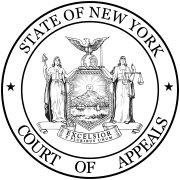This is a timeline of Polish history, comprising important legal and territorial changes and political events in Poland and its predecessor states. To read about the background to these events, see History of Poland. See also the list of Polish monarchs and list of Prime Ministers of Poland.
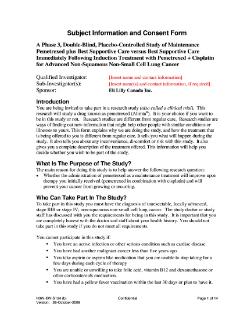
Informed consent is a process for getting permission before conducting a healthcare intervention on a person, for conducting some form of research on a person, or for disclosing a person's information. A health care provider may ask a patient to consent to receive therapy before providing it, a clinical researcher may ask a research participant before enrolling that person into a clinical trial, and a researcher may ask a research participant before starting some form of controlled experiment. Informed consent is collected according to guidelines from the fields of medical ethics and research ethics.
Good Samaritan laws offer legal protection to people who give reasonable assistance to those who are, or whom they believe to be, injured, ill, in peril, or otherwise incapacitated. The protection is intended to reduce bystanders' hesitation to assist, for fear of being sued or prosecuted for unintentional injury or wrongful death. An example of such a law in common-law areas of Canada: a good Samaritan doctrine is a legal principle that prevents a rescuer who has voluntarily helped a victim in distress from being successfully sued for wrongdoing. Its purpose is to keep people from being reluctant to help a stranger in need for fear of legal repercussions should they make some mistake in treatment. By contrast, a duty to rescue law requires people to offer assistance and holds those who fail to do so liable.
Confidentiality involves a set of rules or a promise usually executed through confidentiality agreements that limits access or places restrictions on certain types of information.
At common law, battery is a tort falling under the umbrella term 'Trespass to the person'. Entailing unlawful contact which is directed and intentional, or reckless and voluntarily bringing about a harmful or offensive contact with a person or to something closely associated with them, such as a bag or purse, without legal consent.

Reibl v Hughes [1980] 2 S.C.R. 880 is a leading decision of the Supreme Court of Canada on negligence, medical malpractice, informed consent, the duty to warn, and causation.
Moore v. Regents of the University of California was a landmark Supreme Court of California decision. Filed on July 9, 1990, it dealt with the issue of property rights to one's own cells taken in samples by doctors or researchers.
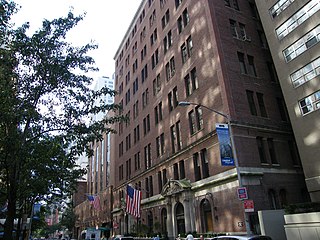
Manhattan Eye, Ear and Throat Hospital (MEETH) is a specialty hospital in New York City that was founded in 1869 and is currently located on the Upper East Side of Manhattan at 210 East 64th Street. After 131 years as an independent entity, in 2000 MEETH affiliated with Lenox Hill Hospital, a 652-bed acute care hospital, established in New York City in 1857 and located at 77th Street in Manhattan. MEETH is recognized in medical circles for its long history of contributions in developing the fields of ophthalmology, otolaryngology and plastic surgery. MEETH provides thousands of patients a year with treatment in its ambulatory surgery facilities.

Harlem Hospital Center, branded as NYC Health + Hospitals/Harlem, is a 272-bed, public teaching hospital affiliated with Columbia University. It is located at 506 Lenox Avenue in Harlem, Manhattan, New York City and was founded in 1887.
In re A.C. was a 1987 District of Columbia Court of Appeals case. It was the first appellate court case decided against forced Caesarean sections, although the decision was issued after the fatal procedure was performed. Physicians performed a Caesarean section upon patient Angela Carder without informed consent in an unsuccessful attempt to save the life of her fetus. The case stands as a landmark in United States case law establishing the rights of informed consent and bodily integrity for pregnant women.

The Northern Railroad was a U.S. railroad in central New Hampshire. Originally opened from Concord to West Lebanon in 1847, the Northern Railroad become part of the Boston and Maine system by 1890.
William Edward Parsons was an architect and city planner known for his works in the Philippines during the early period of American colonization in the country. As the consulting architect to the Philippine government from 1905 to 1914, he designed various structures throughout the country, most notably the Gabaldon school building plans.
The following is a timeline of the history of the city of Lübeck, Schleswig-Holstein, Germany.
The following is a timeline of the history of the city of Bremen, Germany.
The following is a timeline of the history of the city of Iași, Romania.
The Ministry of Planning and Finance administers Burma's monetary, fiscal policies and national planning.
Mary Amanda Dixon Jones was an American physician and surgeon in the field of obstetrics and gynecology, who the first American physician to propose and perform a total hysterectomy to treat a tumor in the uterine muscle (myoma). Jones had a successful career until her work doing gynecological surgery at Woman's Hospital of Brooklyn drew the attention of the news media, and she was the subject of a 24-article investigative expose by the Brooklyn Eagle. As a result, she was charged with one count of murder, and one count of manslaughter. She was found not guilty, and sued the Eagle. She lost the libel case, and was forced to close her medical practice. Jones then spent the last years of her medical career doing research on the tissue pathology of gynecological conditions.
The following is a timeline of the history of the municipality of Ghent, Belgium.
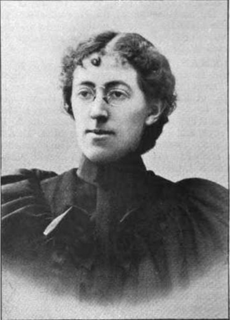
Anne Hazen McFarland, M.D. was an American physician and medical journal editor.
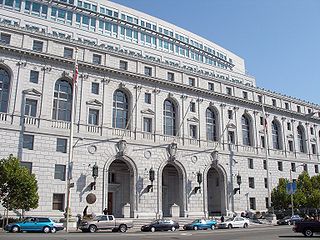
Salgo v. Leland Stanford Jr. University Board of Trustees was a 1957 court case that helped to establish what the practice of informed consent was supposed to look like in the practice of modern medicine. This was evaluated with respect to the California Court of Appeals case where Martin Salgo sued the trustees of Stanford University and Stanford physician Dr. Frank Gerbode for malpractice as he claimed that they did not inform him nor his family of the details and risks associated with an aortogram which left him permanently paralyzed in his lower extremities.
